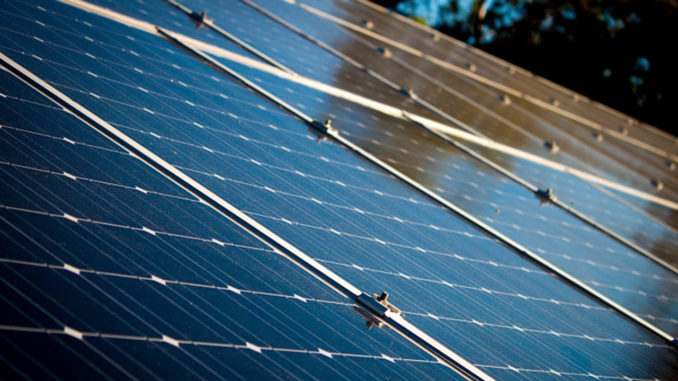
The euphoria that greeted the commissioning of the Torankawa community solar power project in Yabo Local Government Area of Sokoto State the other day should be remarkable at this time.
The project should be a testimony of how not to look up to the central authorities alone for critical infrastructure development – in a complex federation such as Nigeria.
What is more considerable, the Torankawa people had wallowed in total blackout for five years without the state government responding to their pleas.
According to reports, the people of Torankawa, prior to the commissioning of the solar power, had only an inactive four-kilometre power line connected to the community. The dead service line under the Kaduna Electric franchise area had been out of supply for about five years.
The line was recently revived under the grid-connected solar power delivered by the Federal Ministry of Power, Works and Housing, after the community was chosen for the pilot project.
With the commissioning of the plant, the community now enjoys 24-hour uninterrupted power supply. And the people are happy to pay for what they are consuming. That brings to an end the era of outrageous estimated bills too. There is also less dependence on electricity generators, which pollute the environment.
Another remarkable feature in the deal is that the project was made possible by cooperation between the community and the government. The people donated the land.
The project reportedly cost N146 million. With a 125 KVA capacity, being the first of its kind in Nigeria, will supply 350 households with uninterrupted power. Other solar power plants in parts of the country are off-grid too. The project includes a water facility for routine cleaning of about 100 solar panels.
The project, funded under the Renewable Energy Micro Utility (REMU) project with proceeds from the Nigerian Sovereign Green Bond in 2017 was commissioned by the Minister of Women Affairs and Social Development, Hajiya Aisha Abubakar.
The minister noted that the project is self-sustainable and urged the people to guard it against vandalism to encourage the building of similar project in other communities. She noted that the project has 99 per cent assurance of electricity supply all-the-year round.
No doubt, the Torankawa solar power project is a good success story that really works. Authorities in the power sector should move to sell this project to state governments in the country – instead of relying solely on the inadequate national grid.
Faced with intractable poor power supply situation, this newspaper has consistently advocated a well-structured energy mix that has strong solar energy component to boost power supply.
Therefore, government should seek alternative ways of supplying power to the country as this model in Torankawa community has shown. Hydro power is one viable option. The development of hydro-energy would greatly boost power supply.
Unfortunately, the three major hydro power stations at Kainji, Jebba and Shiroro have been poorly managed.
The dams were virtually abandoned without maintenance for a long time leading to gross reduction in their output. That explains why the dams could not provide minimal power in the face of failure of the gas plants.
Apart from hydro, the other alternatives include solar, wind and coal, among others. Government has also expressed interest in biofuel energy.
Meanwhile, a claim by the Minister of Power, Works and Housing, Babatunde Fashola, that solar energy is more expensive than the other types of energy may have been demystified by the Torankawa example.
With a meager N146 million, the Torankawa community is now connected to uninterrupted solar power supply.
This is against the backdrop of billions of dollars some authorities claimed to have been expended on gas power plants without anything to show.
The fact that many industrialised countries have installed large solar capacity into their national grid to supplement conventional energy vitiates any argument against solar energy.
The three largest solar power systems, with capacity to produce 1,477 MW are located in Southern California’s Mojave Desert in USA. Several other countries in Asia, Europe and North America have adopted solar power as a viable option.
In sub-Saharan Africa, only South Africa is in the league of solar energy countries, gearing to reach an installed capacity of 8, 400 MW by 2030- as supplementary sources.
Sadly enough, Nigeria has been lousy over the adoption of solar energy as an option. So, plans to build solar power plants in different parts of the country should be sustained.
Solar energy cannot be the most expensive source of energy and yet has worldwide appeal. It is high time that Nigeria reordered her priority, especially in the context of energy sources, which most people believe should be deregulated too.
END

Be the first to comment